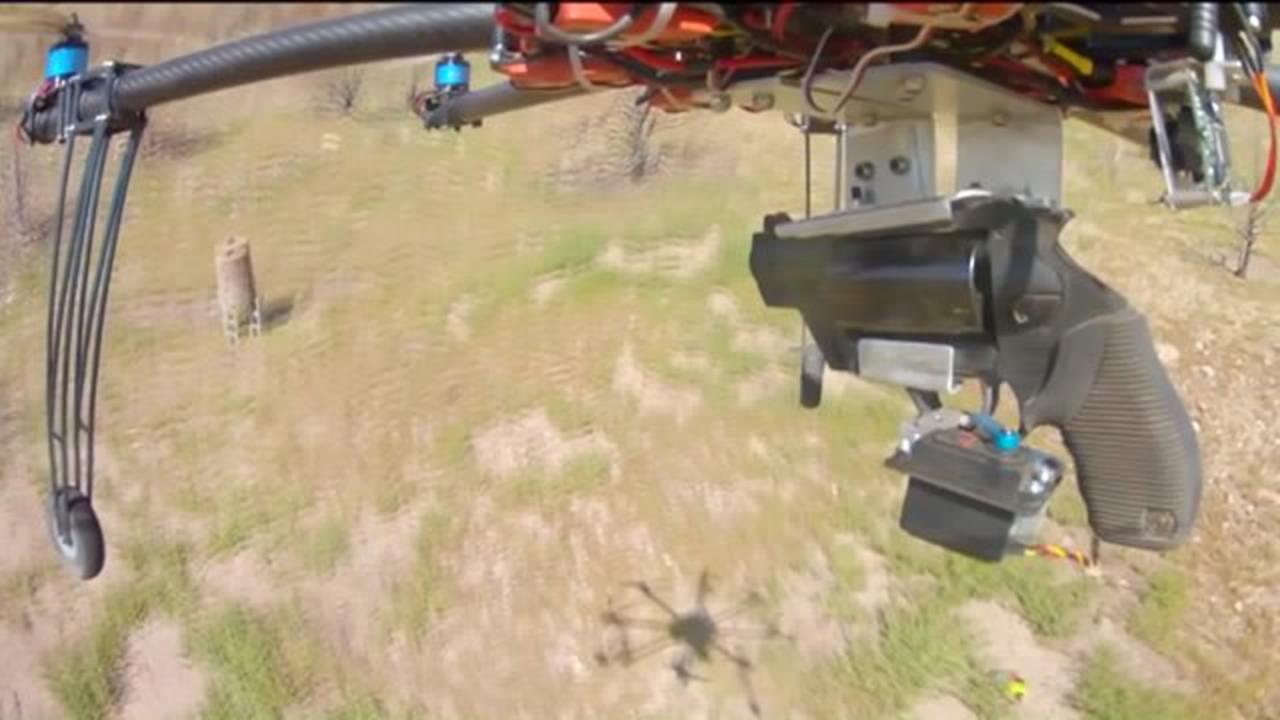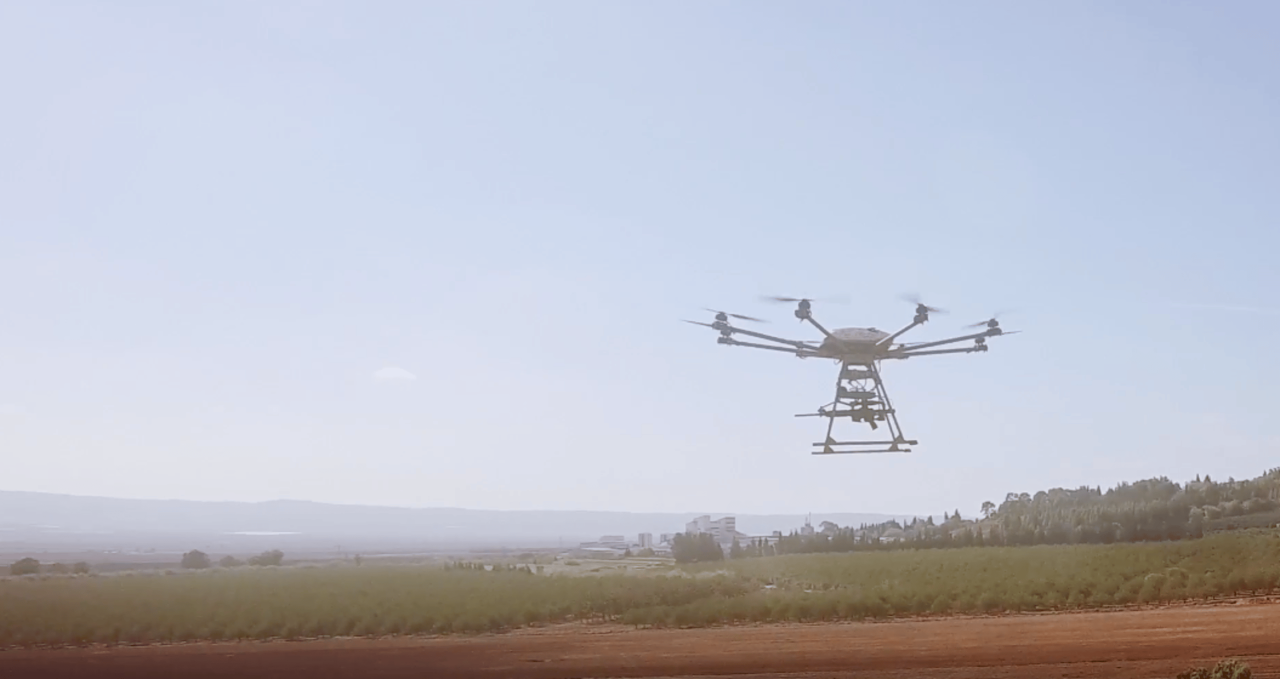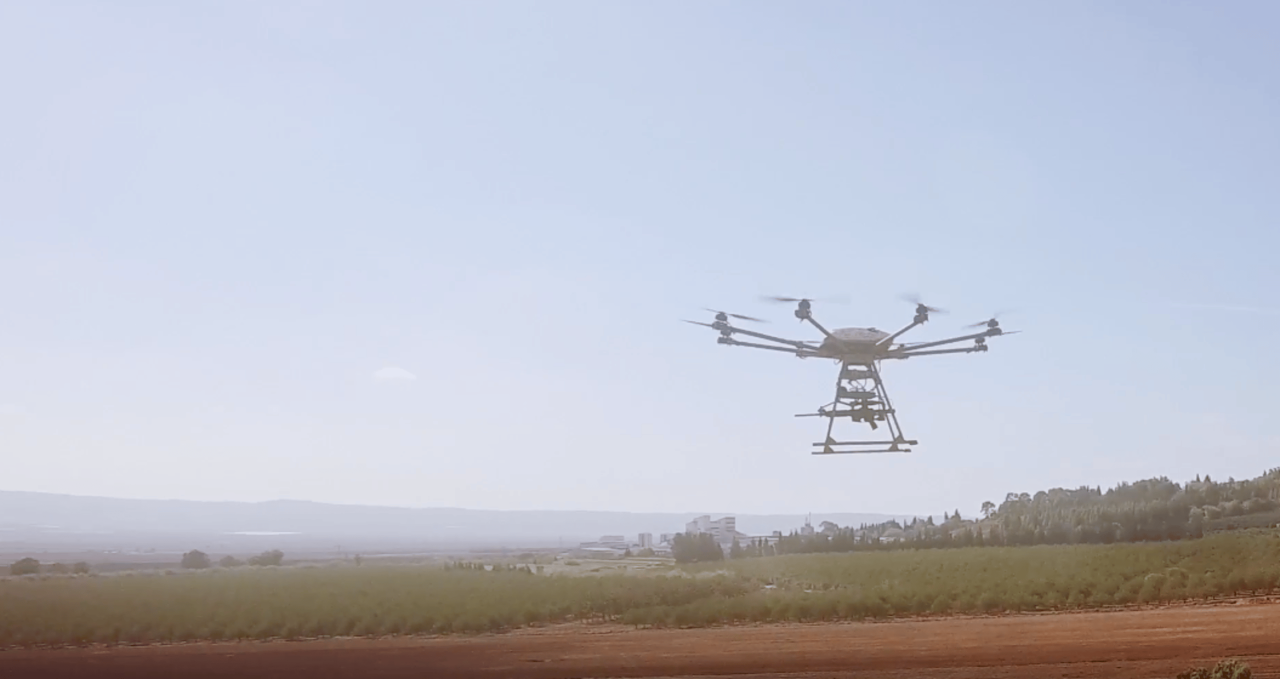Remington drone loads represent a significant advancement in unmanned aerial vehicle (UAV) technology. This exploration delves into the various Remington drone models, their payload capacities, and the diverse applications these capabilities unlock across numerous industries. We’ll examine the technological intricacies of load management, safety regulations, and the economic viability of utilizing Remington drones for cargo transport, ultimately providing a comprehensive understanding of this evolving field.
From delivering essential medical supplies to remote locations to optimizing efficiency in construction and agriculture, Remington drones are reshaping how we approach logistical challenges. This analysis will carefully consider the factors influencing payload capacity, the safety protocols required for safe operation, and the cost-benefit analysis of integrating this technology into various commercial operations.
Remington Drone Models and Payload Capacity
Understanding the payload capacity of Remington drones is crucial for selecting the appropriate model for specific applications. This section details various Remington drone models, their payload capabilities, and the factors influencing these capacities. We will also compare Remington drones to competitors within their respective classes.
Remington Drone Model Specifications
The following table provides a summary of various Remington drone models, highlighting their maximum payload weights and dimensions. Note that these specifications are for illustrative purposes and may vary based on specific configurations and upgrades.
| Model Name | Maximum Payload (kg) | Dimensions (L x W x H cm) | Notable Features |
|---|---|---|---|
| Remington RX-8 | 15 | 80 x 60 x 40 | High-lift rotors, advanced stabilization system |
| Remington RX-4 | 5 | 60 x 40 x 30 | Compact design, long battery life |
| Remington RX-12 | 25 | 100 x 80 x 50 | Heavy-duty frame, increased range |
Factors Influencing Payload Capacity
Several factors significantly impact a drone’s payload capacity. These include the strength and efficiency of the motors, battery life, and the overall airframe design. Stronger motors allow for lifting heavier loads, while longer battery life enables longer flight times with heavier payloads. A lightweight yet robust airframe minimizes the drone’s own weight, leaving more capacity for the payload.
Payload Capacity Comparison
Comparing Remington drones to competitors reveals their strengths and weaknesses in terms of payload capacity. For instance, the Remington RX-12, with a 25kg payload, is comparable to leading models from other manufacturers in its class, offering a competitive edge in terms of both payload and range. However, smaller models like the RX-4 may have lower payload capacities compared to some competitors with similar form factors.
Further detailed comparisons would require specific model-to-model analysis.
Applications of Remington Drone Loads
The diverse applications of Remington drones are directly related to their payload capacities. Different models are suitable for various tasks, depending on the weight and size of the cargo. This section details these applications and provides a hypothetical scenario illustrating the use of Remington drones for efficient delivery of medical supplies.
Applications Based on Payload Capacity
- Remington RX-4 (5kg): Delivery of small packages, agricultural inspections, aerial photography.
- Remington RX-8 (15kg): Transportation of medium-sized cargo, construction material delivery, search and rescue operations (with specialized equipment).
- Remington RX-12 (25kg): Delivery of larger cargo, disaster relief efforts, precision agriculture applications (spraying, seeding).
Hypothetical Scenario: Medical Supply Delivery
Imagine a remote village inaccessible by road, experiencing a medical emergency. A Remington RX-8 drone, equipped with a temperature-controlled container, could be loaded with essential medicines and medical supplies. Pre-flight checks would ensure the drone’s stability and the securement of the payload. The flight path would be carefully planned, considering weather conditions and potential obstacles. Upon arrival, the drone would autonomously land in a designated area, delivering the critical supplies.
Real-World Examples
Remington drones are already being used in various sectors. In agriculture, they assist in crop monitoring and precision spraying. In construction, they aid in site surveys and material delivery. Search and rescue teams utilize them to assess disaster zones and deliver emergency equipment.
Safety and Regulations Regarding Remington Drone Loads
Operating Remington drones with heavy payloads requires strict adherence to safety protocols and regulations. Understanding potential risks and complying with legal frameworks is essential for safe and responsible operation. This section Artikels key safety considerations and regulatory requirements.
Potential Safety Risks
Carrying heavy payloads introduces several safety risks. An improperly balanced load can affect the drone’s center of gravity, leading to instability and crashes. Excessive weight can stress the drone’s structure, potentially causing damage or failure during flight. Weather conditions also significantly impact safe operation with heavier payloads.
Regulations and Certifications
Operating drones, especially those carrying heavy payloads, is subject to various regulations. These regulations typically include weight restrictions, airspace limitations, pilot certification requirements, and registration of the drone itself. Specific regulations vary by country and region, so operators must ensure compliance with local laws and obtain necessary permits and certifications.
Safety Checklist for Heavy Payload Operations
- Thorough pre-flight inspection of the drone and payload.
- Accurate weight and balance calculations.
- Secure payload attachment using appropriate methods.
- Assessment of weather conditions and flight path planning.
- Emergency procedures in place, including communication protocols.
Technological Aspects of Remington Drone Load Management
Technological advancements play a crucial role in ensuring safe and efficient payload management. This section explores the technologies employed in securing payloads, monitoring flight parameters, and improving overall drone performance.
Payload Securing Methods, Remington drone loads
Remington drones utilize various methods to secure payloads, including specialized straps, nets, and containers designed to distribute weight evenly and prevent shifting during flight. The choice of securing method depends on the payload’s size, shape, and weight.
Optimizing Remington drone loads requires careful consideration of weight distribution. For detailed image analysis of payload placement, professionals often utilize high-quality cameras like the fujifilm x100v , known for its exceptional image quality and compact size. This allows for precise assessment of the drone’s center of gravity, ultimately improving the stability and efficiency of Remington drone operations.
Monitoring and Control Technology
Weight sensors integrated into the drone provide real-time data on payload weight and distribution. Advanced flight control algorithms compensate for shifts in the center of gravity, maintaining stability even with unevenly distributed loads. GPS and other navigation systems ensure precise flight path adherence.
Impact of Technological Advancements

| Technology | Impact on Payload | Impact on Range | Example |
|---|---|---|---|
| Improved Battery Technology (Higher Energy Density) | Increased payload capacity | Increased range | Lithium-sulfur batteries |
| More Powerful Motors (Higher Thrust-to-Weight Ratio) | Increased payload capacity | Potentially decreased range (depending on power consumption) | High-efficiency brushless motors |
| Lightweight Materials (Carbon Fiber Composites) | Increased payload capacity (by reducing drone weight) | Potentially increased range (by reducing drone weight) | Advanced carbon fiber composites |
Economic Considerations of Utilizing Remington Drone Loads

The economic viability of using Remington drones for cargo delivery depends on a careful analysis of costs and potential returns. This section explores the cost-effectiveness of drone delivery compared to traditional methods and examines the factors influencing the overall return on investment.
Cost-Effectiveness Compared to Traditional Methods
In many cases, using Remington drones for cargo delivery can be more cost-effective than traditional methods like trucks or helicopters, especially for deliveries to remote or difficult-to-reach locations. Trucks incur fuel costs and may require extensive travel time, while helicopters are significantly more expensive to operate. Drones offer a balance between cost and efficiency.
Factors Influencing Operating Costs
The overall cost of operating a Remington drone involves several factors, including the initial investment in the drone itself, ongoing maintenance costs, battery replacements, and potential repair expenses. Fuel costs (electricity) are generally lower compared to gasoline-powered vehicles or helicopters.
Return on Investment (ROI)

- Initial Investment: Purchase price of the drone, any necessary accessories, and training costs.
- Operating Costs: Maintenance, battery replacements, electricity consumption, and potential insurance costs.
- Revenue Streams: Revenue generated from cargo deliveries, potential government subsidies, and additional services (e.g., aerial photography).
- ROI Calculation: Net profit (revenue minus operating costs) divided by the initial investment, expressed as a percentage.
The ROI for Remington drones varies greatly depending on the specific application, frequency of use, and operational efficiency. Detailed financial modeling is essential to assess the profitability of using drones in specific commercial contexts.
In conclusion, the utilization of Remington drone loads presents a compelling blend of technological innovation and practical application. By understanding the nuances of payload capacity, safety regulations, and economic considerations, businesses and organizations can harness the power of these drones to enhance efficiency, expand reach, and ultimately achieve significant improvements in their operational capabilities. The future of cargo delivery and specialized applications appears increasingly reliant on the continued development and widespread adoption of this versatile technology.
General Inquiries
What types of sensors can be integrated with Remington drones for payload monitoring?
Remington drones can be equipped with various sensors, including weight sensors, GPS trackers, and inertial measurement units (IMUs), to monitor payload stability and location during flight.
What is the typical maintenance schedule for a Remington drone carrying heavy payloads?
The maintenance schedule will vary depending on the model and frequency of use, but generally includes regular inspections of motors, propellers, and the airframe, as well as battery checks and software updates.
Are there any specific training requirements for operating Remington drones with heavy payloads?
Remington drone loads often involve careful weight distribution to ensure stable flight. However, incidents like those highlighted in recent news reports on drone crashes in New Jersey underscore the importance of rigorous pre-flight checks. Understanding the causes of these crashes helps refine safety protocols for managing Remington drone loads and prevents future incidents.
Yes, operators should receive comprehensive training on safe loading procedures, flight planning, emergency protocols, and adherence to relevant regulations.
What are the environmental limitations for operating Remington drones with heavy payloads?
Environmental factors like strong winds, heavy rain, or extreme temperatures can significantly impact the performance and safety of drone operations. Operating parameters should be adjusted accordingly.
